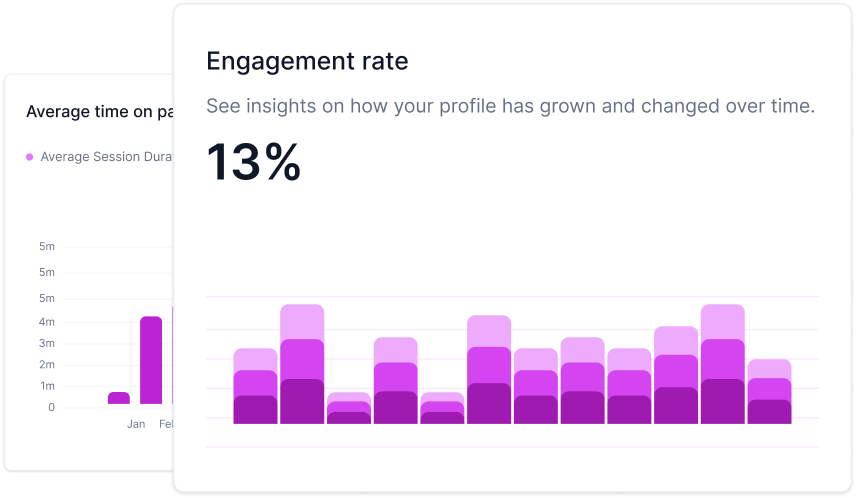What is Dwell Time?
In its simplest form, Dwell Time is the amount of time a visitor spends on your webpage after clicking its link from search results before heading back to those search results. Think of it like reading a book. You pick up a book (click on a link), read a few pages (browse the content), and then decide to put it back on the shelf (return to search results). The time you spent reading? That's akin to Dwell Time.
Why is Dwell Time important?
It's believed that Dwell Time can be an indicator of how satisfied or engaged users are with your content. If they stick around for a while, they likely found what they were looking for. Some even speculate that major search engines, like Google, could use this as a signal to determine the relevance and quality of a page, although this isn't confirmed.
How can I improve the Dwell Time on my website?
Boosting Dwell Time means offering visitors something worth their time. Here are a few handy tips:
- Quality Over Quantity: Ensure your content is top-notch, engaging, and directly answers your audience's queries.
- User Experience is Key: A fast-loading, easy-to-navigate site can encourage users to stay longer.
- Use Multimedia: Videos, images, and infographics can grab attention and keep visitors on your page.
- Internal Links: Encourage exploration! Link to other related content on your site to guide visitors on a journey of discovery.
How is Dwell Time different from Bounce Rate and Session Duration?
All three terms deal with user engagement, but they have distinct differences:
- Bounce Rate: This metric tells us the percentage of visitors who leave after viewing just one page. If someone lands on your homepage and immediately leaves without exploring further, that's a 'bounce'.
- Session Duration: This is the total time a visitor spends on your site in one go. Think of it like binge-watching a TV series; how long did you watch in one sitting?
- Dwell Time: As mentioned, it's the time between clicking a link from search results and returning back to those results.

